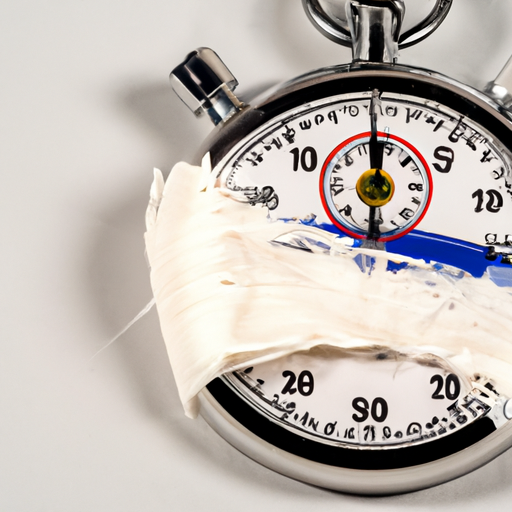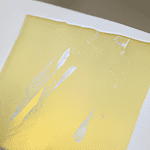Understanding Lymphedema Treatment Duration
Lymphedema is a chronic condition that occurs when there is a blockage or damage to the lymphatic system, resulting in the accumulation of lymph fluid in the tissues. It commonly affects the arms or legs and can cause swelling, discomfort, and limited mobility. If you or someone you know is dealing with lymphedema, you may be wondering how long the treatment process will last. In this article, we will explore the factors that can influence the duration of lymphedema treatment.
Individual Variations
It is important to note that the duration of lymphedema treatment can vary from person to person. Each individual’s condition is unique, and factors such as the severity of lymphedema, overall health, and response to treatment can all play a role in determining the treatment duration. Therefore, it is essential to consult with a healthcare professional who specializes in lymphedema management to get a personalized treatment plan.
Conservative Management
Conservative management is often the first line of treatment for lymphedema. This approach focuses on reducing swelling and managing symptoms through various techniques. These may include:
1. Manual Lymphatic Drainage (MLD): MLD is a specialized massage technique that helps stimulate the flow of lymph fluid and reduce swelling.
2. Compression Therapy: Compression garments or bandages are used to apply pressure to the affected area, promoting lymphatic flow and preventing fluid buildup.
3. Exercise and Movement: Engaging in regular physical activity can help improve lymphatic circulation and reduce swelling. A healthcare professional or lymphedema therapist can provide guidance on suitable exercises.
4. Skin Care: Proper skincare, including keeping the skin clean and moisturized, is crucial in preventing infections and complications associated with lymphedema.
The duration of conservative management can vary depending on the individual’s response to treatment. Some individuals may experience significant improvement within a few weeks or months, while others may require ongoing management for an extended period.
Complex Decongestive Therapy (CDT)
In cases where conservative management alone is not sufficient, complex decongestive therapy (CDT) may be recommended. CDT is a comprehensive treatment approach that combines various techniques to reduce swelling and manage lymphedema effectively. It typically includes:
1. Manual Lymphatic Drainage (MLD): MLD is an integral part of CDT and is performed by a trained therapist to stimulate lymphatic flow.
2. Compression Therapy: Compression bandaging or garments are used to maintain the reduction achieved through MLD and prevent fluid re-accumulation.
3. Exercise and Movement: Specific exercises and movements are incorporated into the treatment plan to enhance lymphatic circulation.
4. Skin Care: Proper skincare practices are essential in CDT to prevent infections and maintain overall skin health.
The duration of CDT can range from several weeks to several months, depending on the individual’s response and the severity of lymphedema. It is typically followed by a maintenance phase where ongoing self-care and management techniques are implemented.
Surgical Interventions
In some cases, surgical interventions may be necessary to manage lymphedema. These procedures aim to improve lymphatic flow or remove excess tissue. Surgical treatment options for lymphedema include lymphaticovenous anastomosis (LVA) and vascularized lymph node transfer (VLNT). The duration of surgical treatment can vary depending on the complexity of the procedure and the individual’s recovery process.
Conclusion
The duration of lymphedema treatment can vary based on individual factors, the chosen treatment approach, and the response to therapy. It is crucial to work closely with a healthcare professional specializing in lymphedema management to develop a personalized treatment plan. Remember, consistency and adherence to the recommended treatment strategies are key to achieving optimal outcomes in managing lymphedema.




